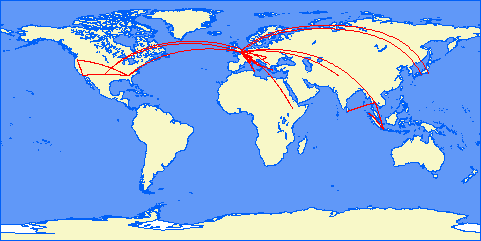ReliefWeb Webinar
February 22 - HumaniNet and N-TEN are co-hosting another Webinar, this time featuring Sebastian Naidoo, Managing Editor of ReliefWeb. Sebastian’s going to talk about how relief organizations can utilize the coordination tools and services offered by the UN Office for the Coordination of Humanitarian Affairs (OCHA), in particular ReliefWeb. This follows hot on the heels of Craig Duncan’s presentation at Lift06 - the video of his presentation may or may not be available at freestudios.tv. Go there in any case, as there were also interesting presentations at LIFT06 from a range of other speakers - humanitarian work was only one of their threads this year.
Needless to say, although I was in Geneva that day, I completely missed Craig’s presentation and now suffer from pointless guilt. However I do spot a pattern emerging - a new charm offensive from ReliefWeb! Not that they need it. For those of you that don’t know, ReliefWeb is the primary source of information about humanitarian affairs, thanks to the tireless efforts of its staff. They have excellent feeds on country and thematic information, as well as professional resources - vacancies, training and the like. Following its recent redesign, ReliefWeb are a model for every young boy or girl, an object lesson in how to gather and present an enormous range of complex information in an easily digestible form.
